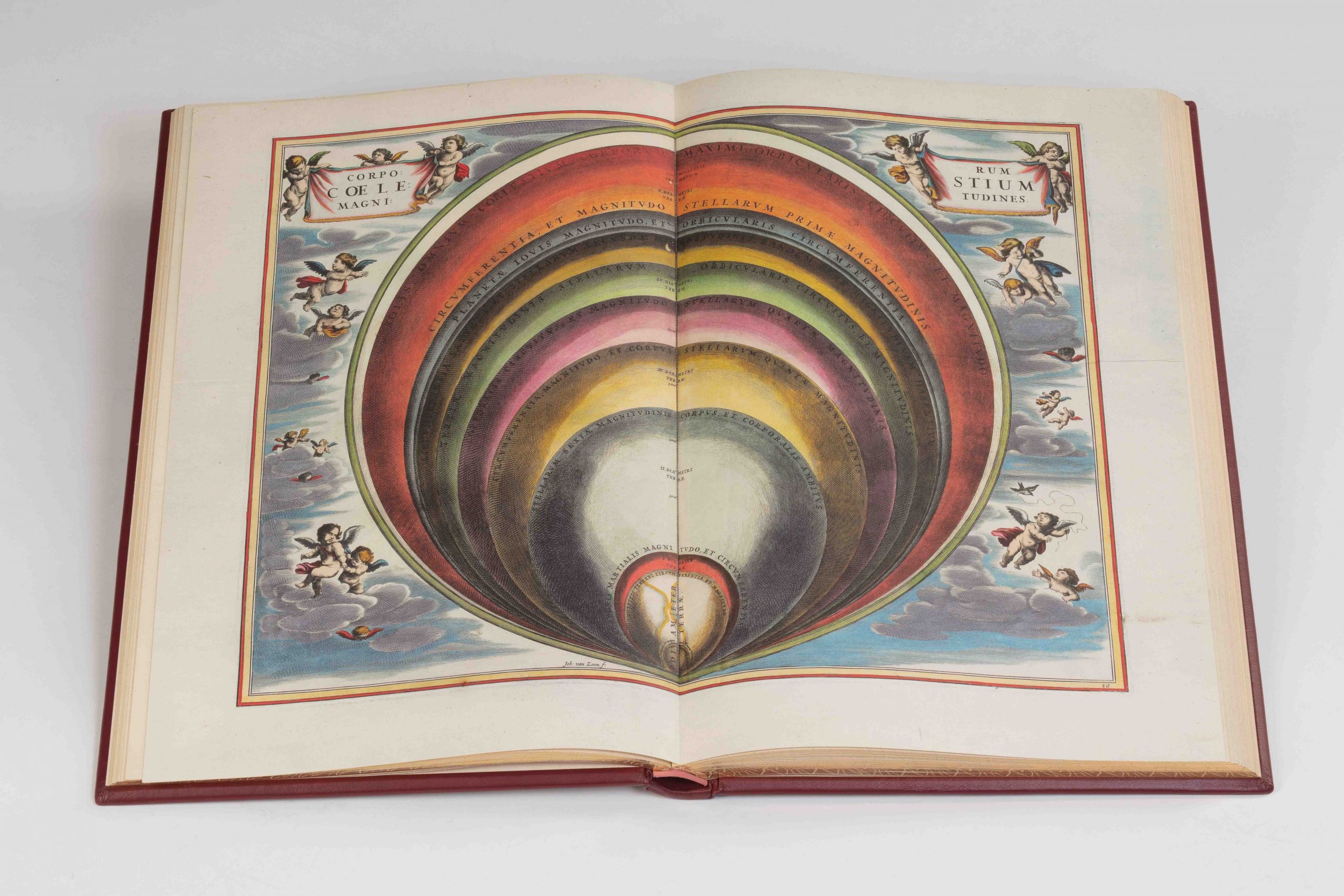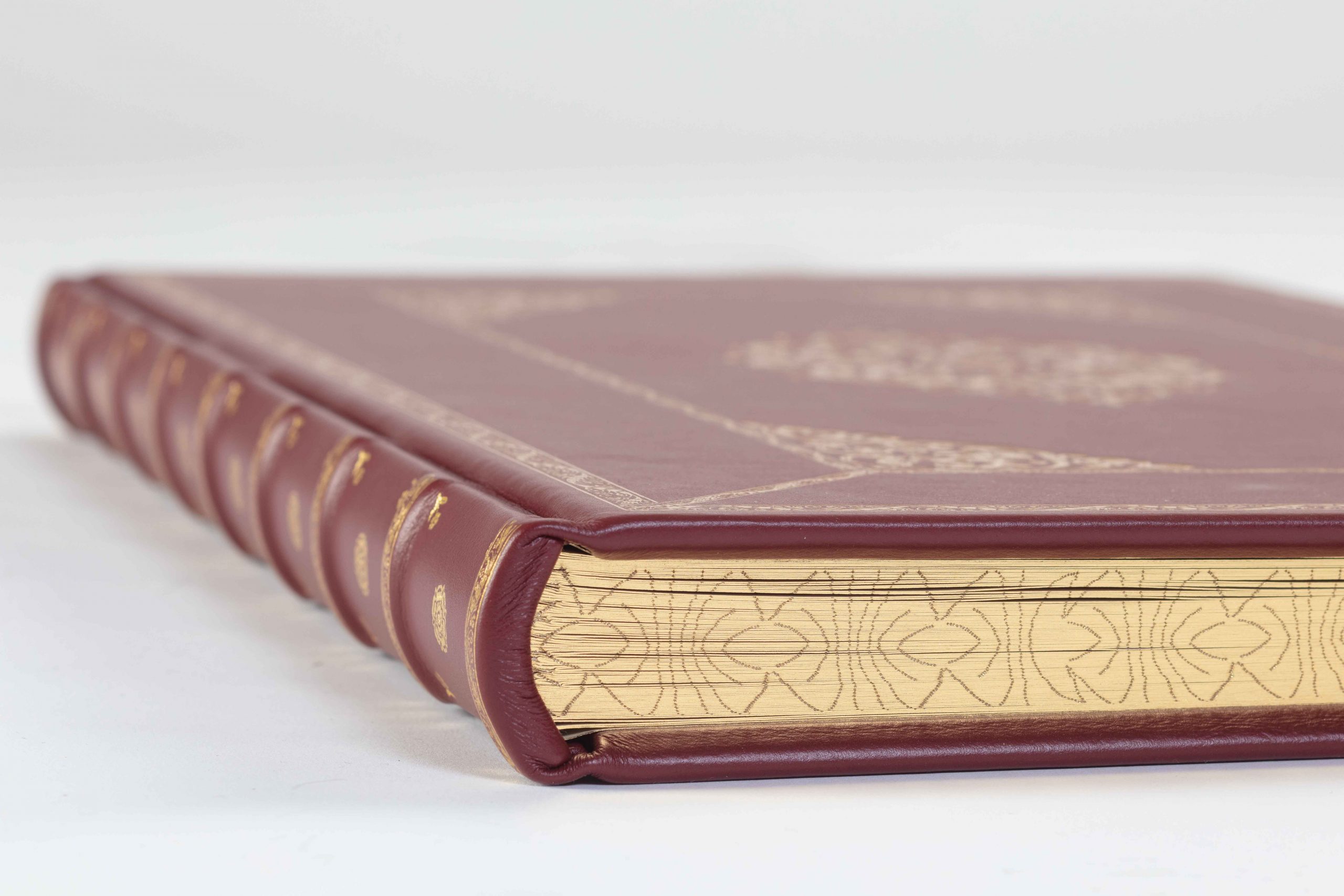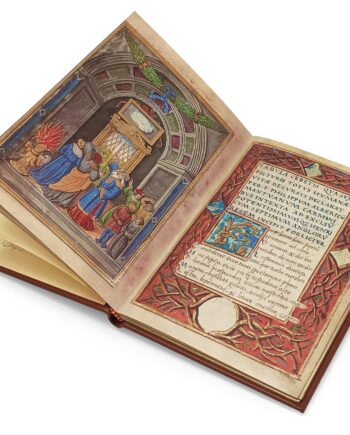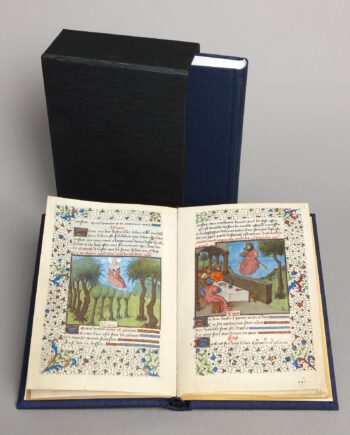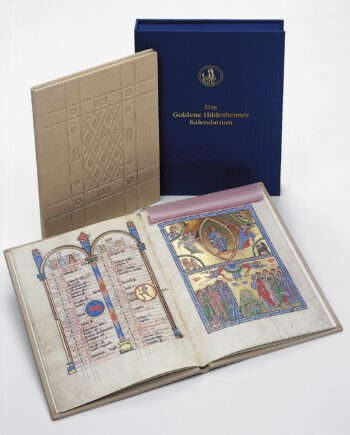Description
A special sky atlas collection of the golden age
The first 29 double-leaf maps and dozens of unusual details, which were published in the Harmonia Macrocosmica in 1660, depict the various world systems, as well as the movements of the sun, moon and planets, and the delimitation of the constellations in different views.
Artistic design of the astronomical worldview
The Cellarius Atlas impresses with its skilful design and is considered the most artistically valuable work of its time:
It contains 29 large-format, double-sided engravings, the majority of which show the world view of the ancient mathematician and geographer Claudius Ptolemy (2nd century AD), but also modern researchers such as Nicolaus Copernicus (1473-1543) or Tycho Brahe (1546- 1601) are mentioned.
A further eight coloured and double-sided panels show the development of the astronomical worldview: They demonstrate the northern and southern starry sky, six of them the ancient and the other two the now forgotten Christian constellations that the Dutch theologian Petrus Plancius (1552-1622) introduced.
The facsimile edition
The facsimile edition in the format 52 x 33.5 cm is based on the copy of the Harmonia Macrocosmica of the University & State Library Darmstadt (Sign.gr.Fol. 3/497a) from the year 1660, with 66 folios. Thanks to the included audio pen, the facsimile edition is audible – a unique experience! The cover is made of genuine leather, decorated with rich gold embossing and the pages are applied with gold edging and hallmarked.







